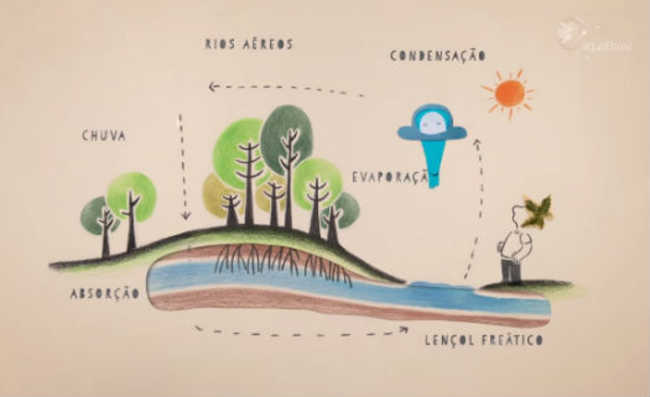Porous asphalt to prevent flooding
Technology developed at a university in São Paulo can absorb rainwater, allowing it to penetrate the soil
Reckless consumption can cause flooding. Clogging of manholes and accumulation of residues in places with high flow are the results that most show to our eyes. A measure that may complement the concern with consumption is being tested by a group of researchers from the University of São Paulo (USP): it is porous asphalt.
This new technology was successful in the university's parking lots on the São Paulo campus in the first months of last year. The research coordinator professor, José Rodolfo Scarati Martins, says that “the pavements work as if they were beach sand and allow the water to reach rivers and streams at half the speed”.
There are two types of pavement being developed. The first is made with common asphalt mixed with additives and the second with concrete slabs. The big difference in relation to the normal types of asphalt is the base of stones of 35 centimeters, responsible for retaining practically 100% of the rainwater for a few hours and, later, allowing its penetration into the soil.
“The impermeability of common asphalt is one of the great villains of the urban environment, as it does not allow water to be absorbed by the land and helps to cause floods. The pavements we developed are different, as they are capable of returning part of the permeability to the soil and are able to absorb water very quickly”, explained the professor.
The research group tests the strength of the materials to start using it in places other than parking lots. Another concern is whether the water contact with the porous asphalt contaminates it in any way. With such knowledge, it would even be possible to reuse the water retained in the asphalt for cleaning public roads. The cost of the sustainable type of asphalt is approximately 20% more expensive than normal, but it would be feasible if used on a large scale, according to the researchers. Not to mention the reduction in flood expenses.
Photos: Marcos Santos
Source: USP News Agency











